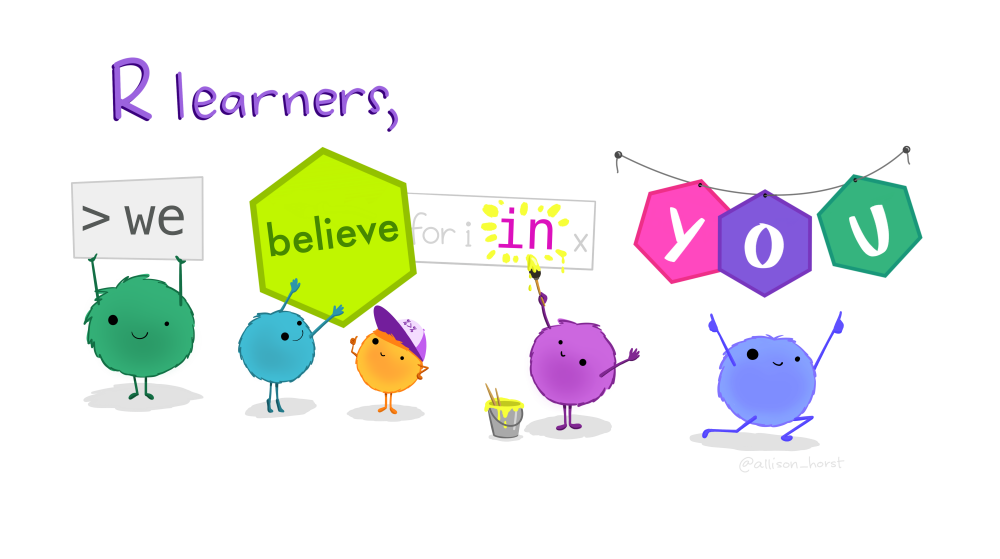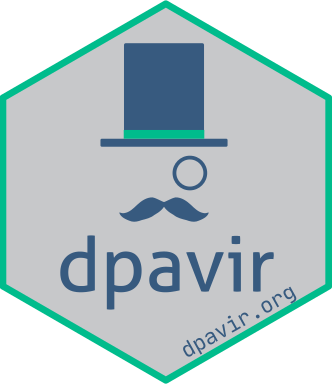Data Processing and Visualization in R
Welcome! This course introduces students to the fundamental concepts and methods used in the R statistical software package to process, visualize, and disseminate data. The course is based around R for Data Science and Fundamentals of Data Visualization and assumes no prior coding experience.
Course materials
Course modules
- R basics
- Working with data
- Cleaning and wrangling data
- Tidy data
- Transforming data values
- Programming
- Grammar of graphics
- Plotting data
- Customizing plots
- Tables, documents, and presentations

Instructor
Jeffrey (Jeff) Stevens is an Associate Professor in the Department of Psychology and the Center for Brain, Biology & Behavior at the University of Nebraska-Lincoln. He is also a Data Science Mentor at Posit (formerly RStudio), a company that develops open source data science tools such as RStudio IDE and tidyverse. Jeff has been using R since 2010 (and the predecessor S-PLUS since 1998) and integrating it into his documents and presentations since then. He has also developed two R packages available on CRAN: {excluder} helps researchers exclude participant data collected from online surveys and {flashr} creates flashcards for learning terms and descriptions to help people learn and remember what R functions do.
Citation
If you use materials from this site, please cite:
Stevens, J.R. (2023). Data Processing and Visualization in R. http://dpavir.org
License
All materials presented here are released under the Creative Commons Attribution 4.0 International Public License (CC BY 4.0). You are free to:
- Share — copy and redistribute the material in any medium or format
- Adapt — remix, transform, and build upon the material for any purpose, even commercially.
Under the following terms:
Attribution — You must give appropriate credit, provide a link to the license, and indicate if changes were made. You may do so in any reasonable manner, but not in any way that suggests the licensor endorses you or your use.
No additional restrictions — You may not apply legal terms or technological measures that legally restrict others from doing anything the license permits.
